This is the presentation of Mr. Valur N. Gunnlaugsson (Matis, Iceland) in the Conference “Future perspective of fisheries and aquaculture” in the framework of Vietfish 2018.
Study overview
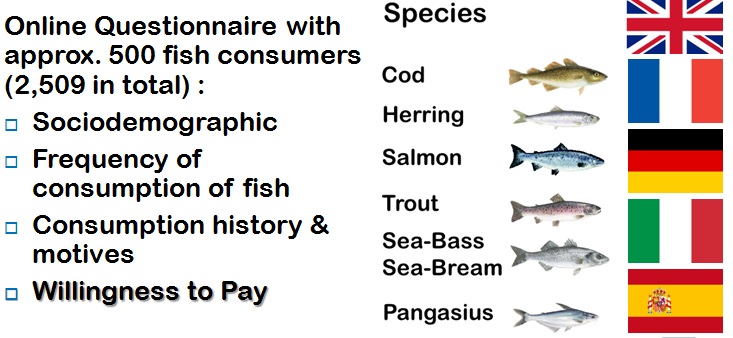
Evolution of fish consumption in the past 3 years
Overall, 40% of the respondents increased fish consumption in the past 3 years, 16% decreased fish consumption in the same period, and 44% maintained the same level.
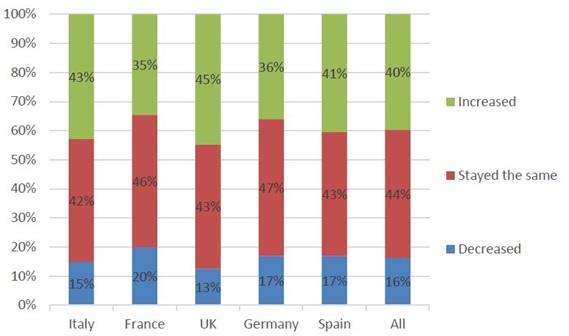
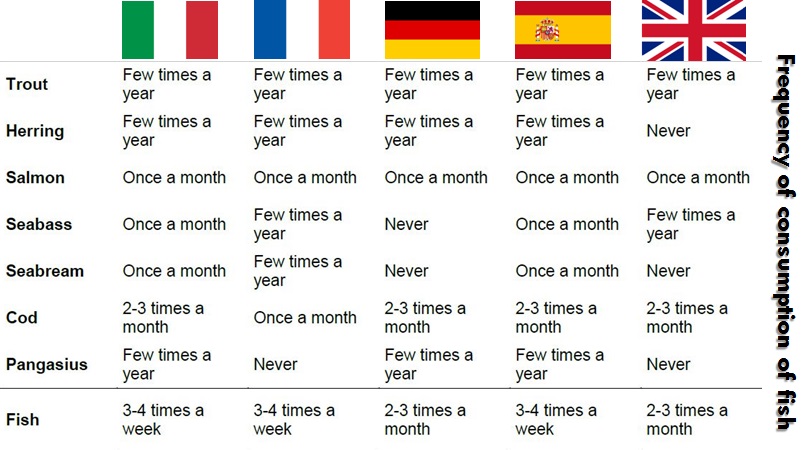
Choice probabilities across Europe
Salmon is the fish with highest choice probability except Italy (sea bream, sea bass)
Pangasius is preferred in Germany and also in Spain and Italy.
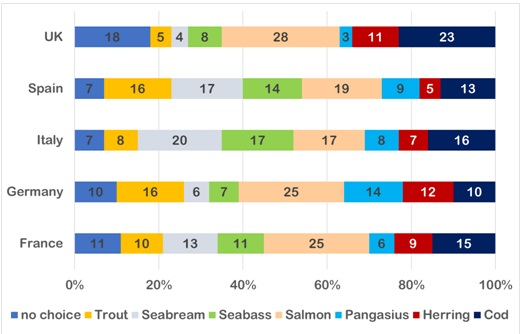
Fish choice motives expressed by the participants - Relative importance of different aspects in fish selection
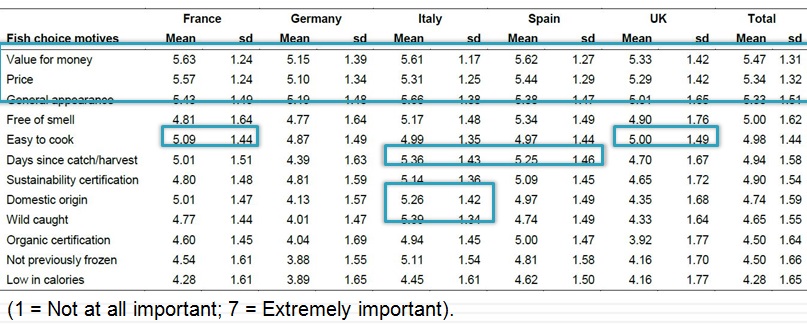
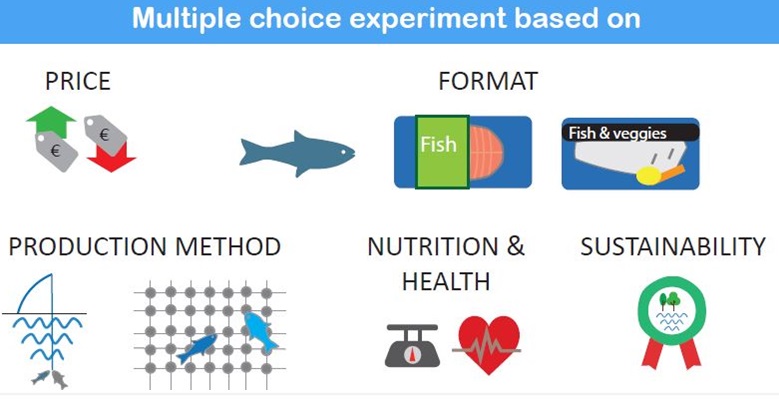
Consumer demand and choice behaviour for fresh fish – Willingness to pay for specific fish attributes
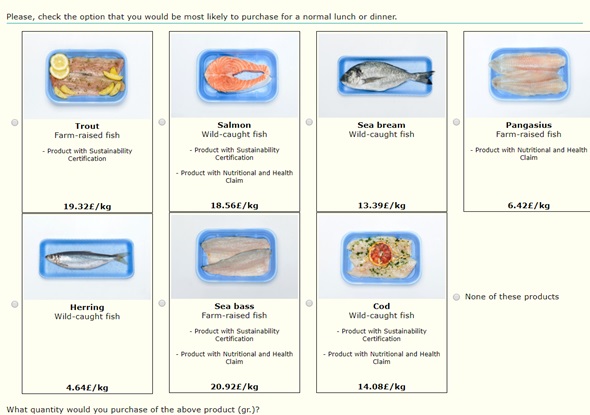
Willingness to pay - results
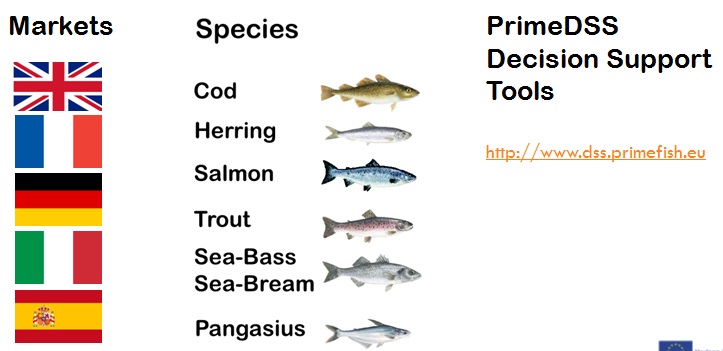
WTP estimates
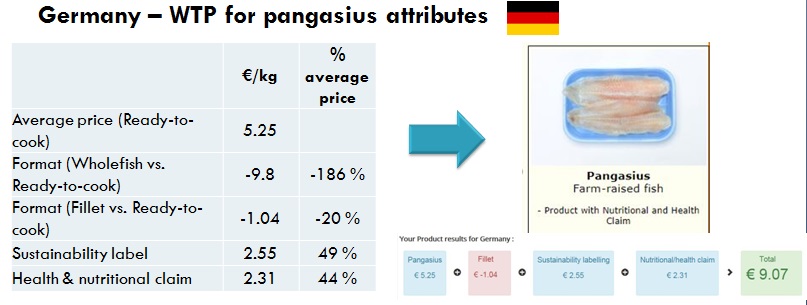
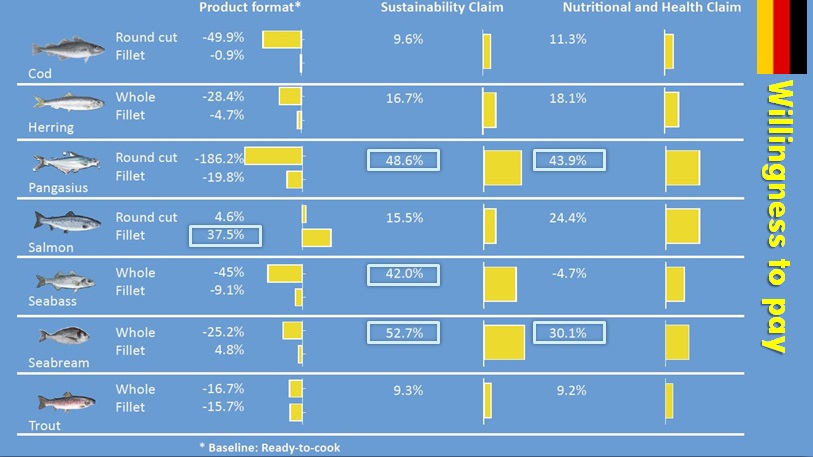
Summary of the German market
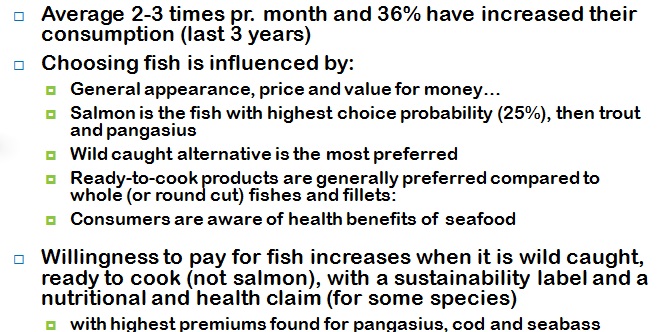
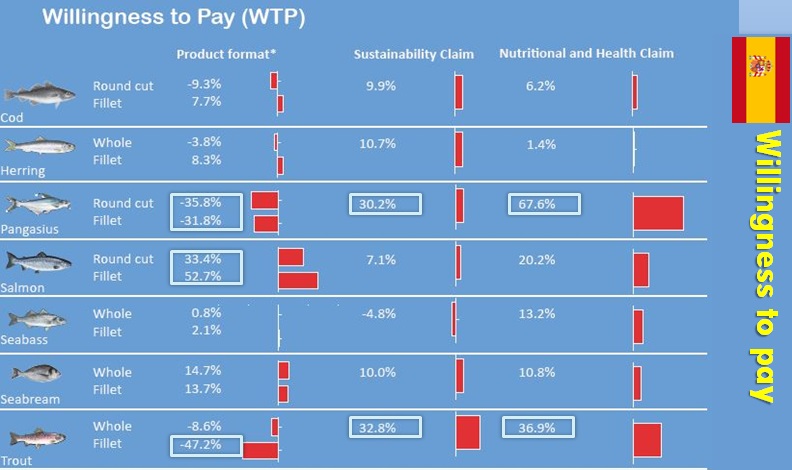
Summary of the Spanish market
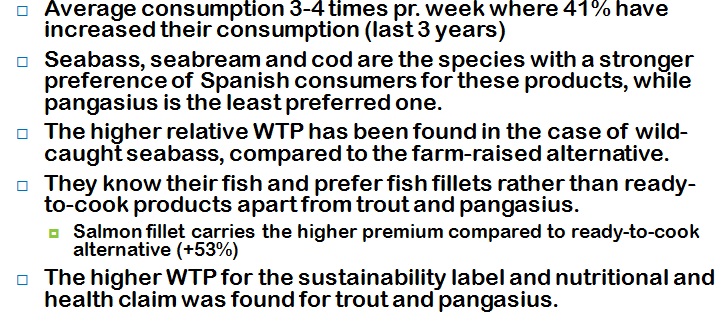
Pangasius results
Low base price for Germany, Italy & Spain
All markets prefer “Ready to cook” for pangasius
Sustainability label appreciated in all markets for pangasius except for UK
Health and nutritional claims gives premium price in all markets except in France.

Final remarks
Wild-caught is the most important attribute in Italy, France and the UK; nutritional & health claim in Spain; ready-to-cook format in Germany
Fillets preferred more than ready-to-cook fish; Ready-to-cook preferred more than whole fish (except round-cut salmon)
‘Sustainable label’ and ‘Nutritional & health claim’ preferences varied among species and countries
For producers: identify a socio-demographic profile of “green fish” consumers or “health conscious” consumers; how to reach them?
For policy makers: awareness and use of fish quality schemes; how to improve consumers’ beliefs/trust?
“Knowledge about specific health and nutritional benefits of fish consumption does not appear to be very strong” (Carlucci et al. 2015)